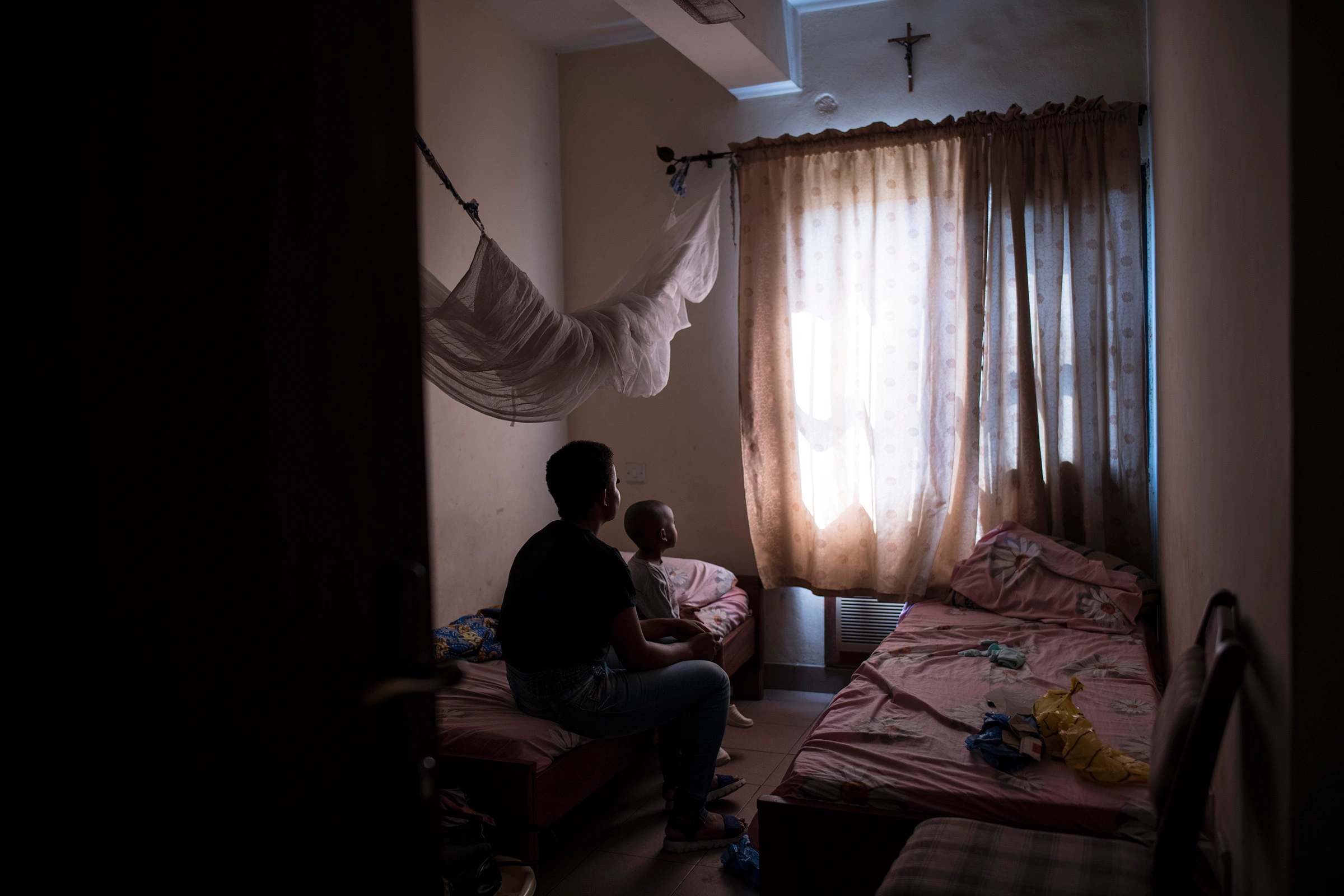“We don’t have any idea what children undergo inside the monasteries. It is not easy to talk on matters related to religion,” she added. Asha Majhi, Child Welfare Officer of Changu Narayan Municipality, said that although child rights committees have been established at all local units, they have not been able to adequately address children’s issues. She said local units must be informed if children have to be moved from one place to another.
Traffickers often prey on vulnerable children from lower-class families, specifically targeting those from single-parent households, families with disabilities, or families with poor financial backgrounds. These cases often go unnoticed at local government units, and children are lured into unregistered and substandard orphanages. Children's homes that operate without proper registration and fail to meet government standards pose a significant risk to the well-being of children. Traffickers often make false promises to parents, assuring better opportunities for their wards, only to keep them in unregulated orphanages in order to collect money from foreigners, including tourists. The situation of child protection and human trafficking in Nepal is indeed alarming. Many children’s homes in Nepal have been accused of operating to cater to the demands of foreign donors, rather than prioritizing the well-being and rights of the children. The government has had to intervene and rescue children whose human rights have been violated in orphanages on multiple occasions. As per the report on the status of children in Nepal for the year 2020, there are approximately 11,350 children, who are dependent on institutional care and reside in children's homes throughout Nepal. Furthermore, there are 489 orphanages operating in 45 districts across the country. According to a UNICEF report, over 2.7m children worldwide are growing up in orphanages. The Children’s Act of 2018 stipulates that special care should be arranged for children in need of protection, and placement in orphanages should be considered only as a last resort for alternative care. Kapil Aryal, an associate professor at Kathmandu School of Law, expressed concerns about lax implementation of laws related to crimes against children. He added that there are no official records of children sent to orphanages under various pretexts, and their whereabouts are often unknown. “Children are sometimes brought to orphanages under false pretenses, such as teaching or employment, and are then sent to Nepali or foreign families without proper authorization, which is unacceptable,” he said. Data from Nepal Police reveals that 3 to 5 children go missing across the country every day, indicating the gravity of the situation. Children from remote areas are often lured into children’s homes through offers of incentives to parents, and then documents are forged to label them as ‘orphans’. “Unfortunately, Nepali laws do not recognize such acts as trafficking, which means that those involved cannot be prosecuted in court,” added Aryal. According to Nepal Police, 273 children have been trafficked from the fiscal 2019-20 till March, 2023. In some cases, parents agree to create false documents stating that their children are orphans, as traffickers promise good education or job opportunities for the children. “Regardless of how attractive the facilities may seem, there is nothing like a loving home for children. Parents should not fall for such offers,” Poshraj Pokharel, the spokesperson for Nepal Police, added.











